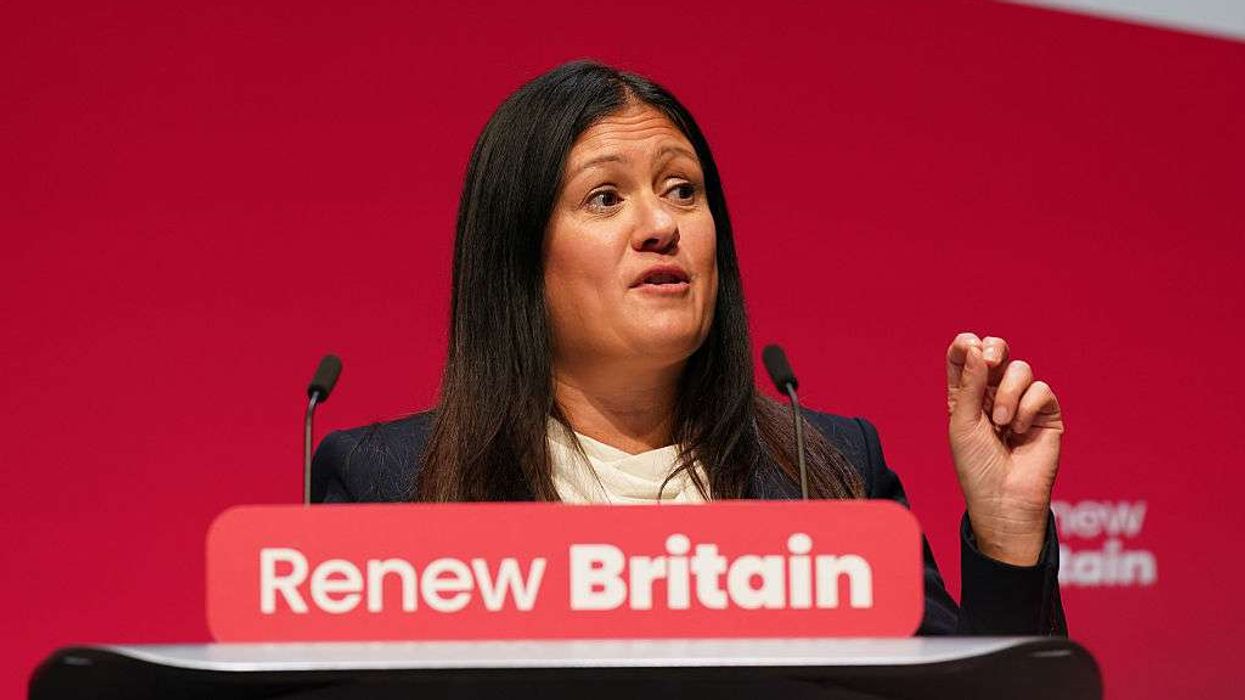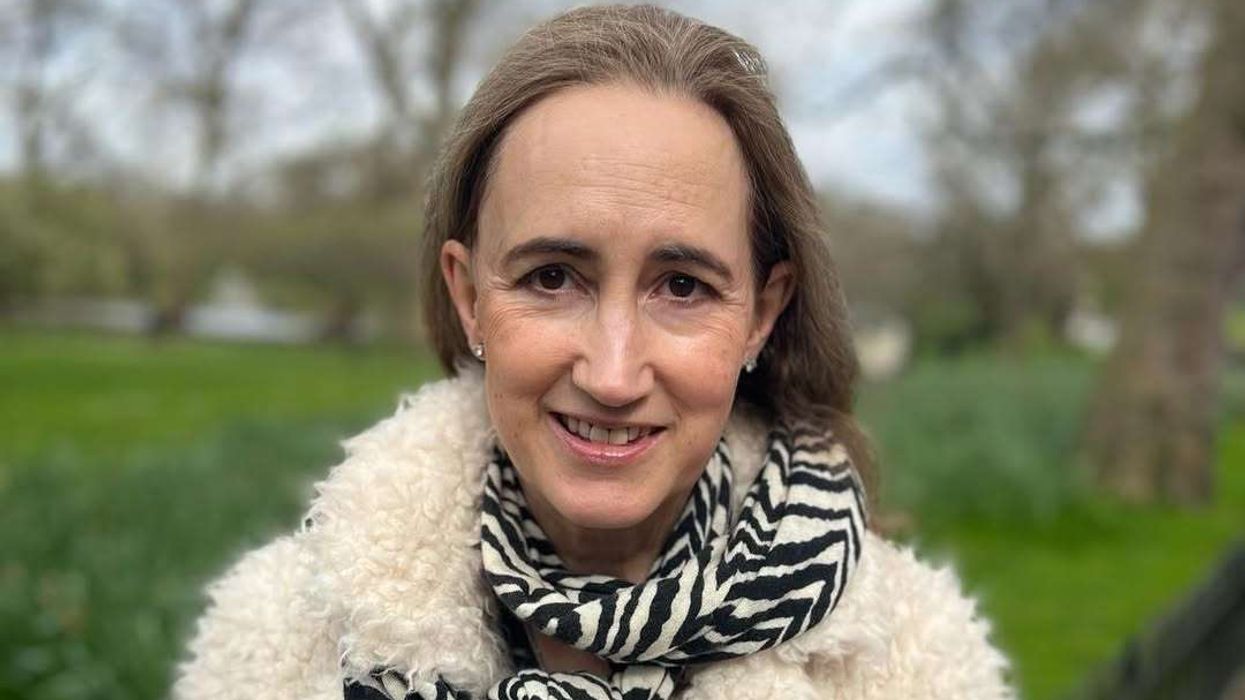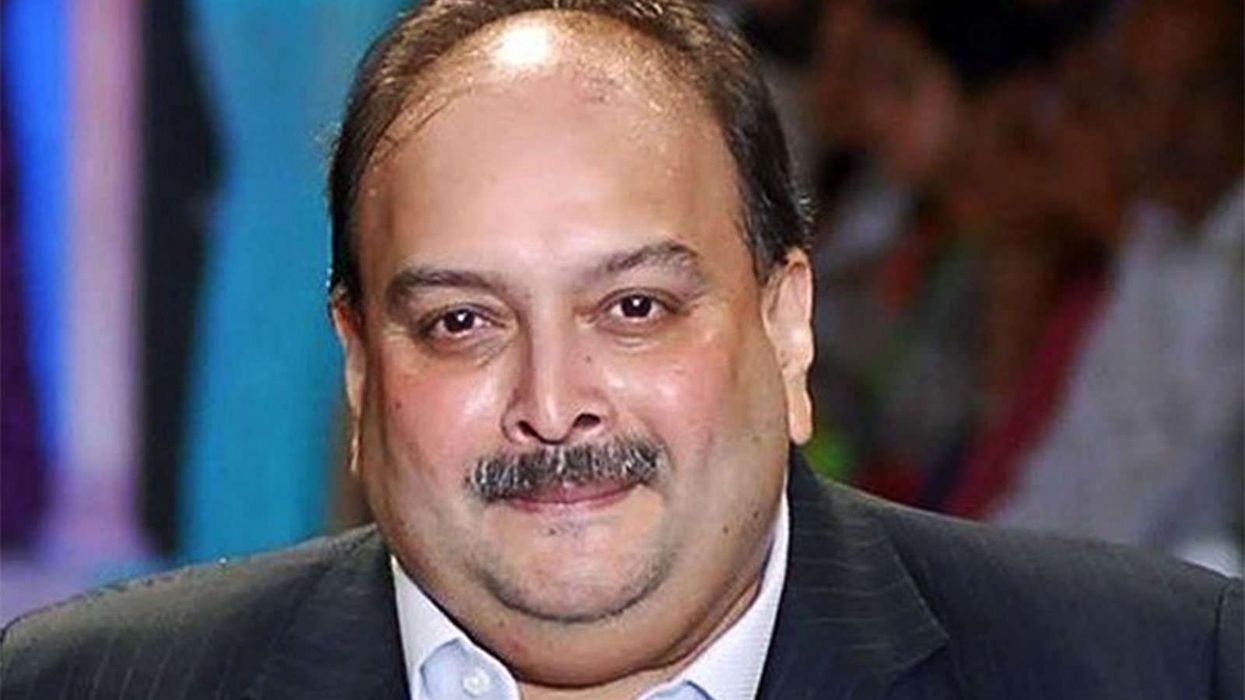Indian women reached the semi-finals of Twenty20 World Cup after beating New Zealand by three runs on Thursday (27).
India, put into bat, scored 133-8. New Zealand could only manage to get 130-6.
Indian cricket legend Sachin Tendulkar congratulated the team over the victory.
Leading India's charge was opener Shafali Verma whose 46 earned the 16-year-old her second player-of-the-match award at Melbourne's Junction Oval.
Verma and Taniya Bhatia (23) forged a half-century stand to prop up the Indian innings, aided by some sloppy catching by their opponents.
Verma, who smashed Anna Peterson for back-to-back sixes, was first dropped by Maddy Green at long on and then at midwicket by Tahuhu.
The opener eventually holed out at long-off as wickets started tumbling.
"She's giving us good starts as we expected from her," said captain Harmanpreet Kaur, who fell for her third successive single digit score.
New Zealand wobbled early in their chase after their top three, including skipper Devine, departed with the team reeling at 34-3.
Green made 24 and Katey Martin contributed 25 to arrest the slide but it was Amelia Kerr's lion-hearted 34 not out down the order which injected excitement into the contest.
Needing 16 off the last over from Shikha Pandey, Hayley Jensen and Kerr hit a boundary each and ran three singles but could not reach the target.
Defending champions Australia remained on course to be the second team from Group A to make the semi-finals after crushing Bangladesh by 86 runs in Canberra.
Electing to bat, the hosts capitalised on a blistering start from Alyssa Healy and Beth Mooney to post 189-1, the highest total at this year's tournament.
Bangladesh managed 103-9, losing three wickets in three balls, including two run-outs, in the final over.






 The BFG - production images Royal Shakespeare Company/(c) Marc Brenner
The BFG - production images Royal Shakespeare Company/(c) Marc Brenner  BFG production images, directed by Daniel Evans. Royal Shakespeare Theatre, taken in November 2025.Royal Shakespeare Company/(c) Marc Brenner
BFG production images, directed by Daniel Evans. Royal Shakespeare Theatre, taken in November 2025.Royal Shakespeare Company/(c) Marc Brenner BFG production images, directed by Daniel Evans. Royal Shakespeare Theatre, taken in November 2025.Royal Shakespeare Company/(c) Marc Brenner
BFG production images, directed by Daniel Evans. Royal Shakespeare Theatre, taken in November 2025.Royal Shakespeare Company/(c) Marc Brenner





